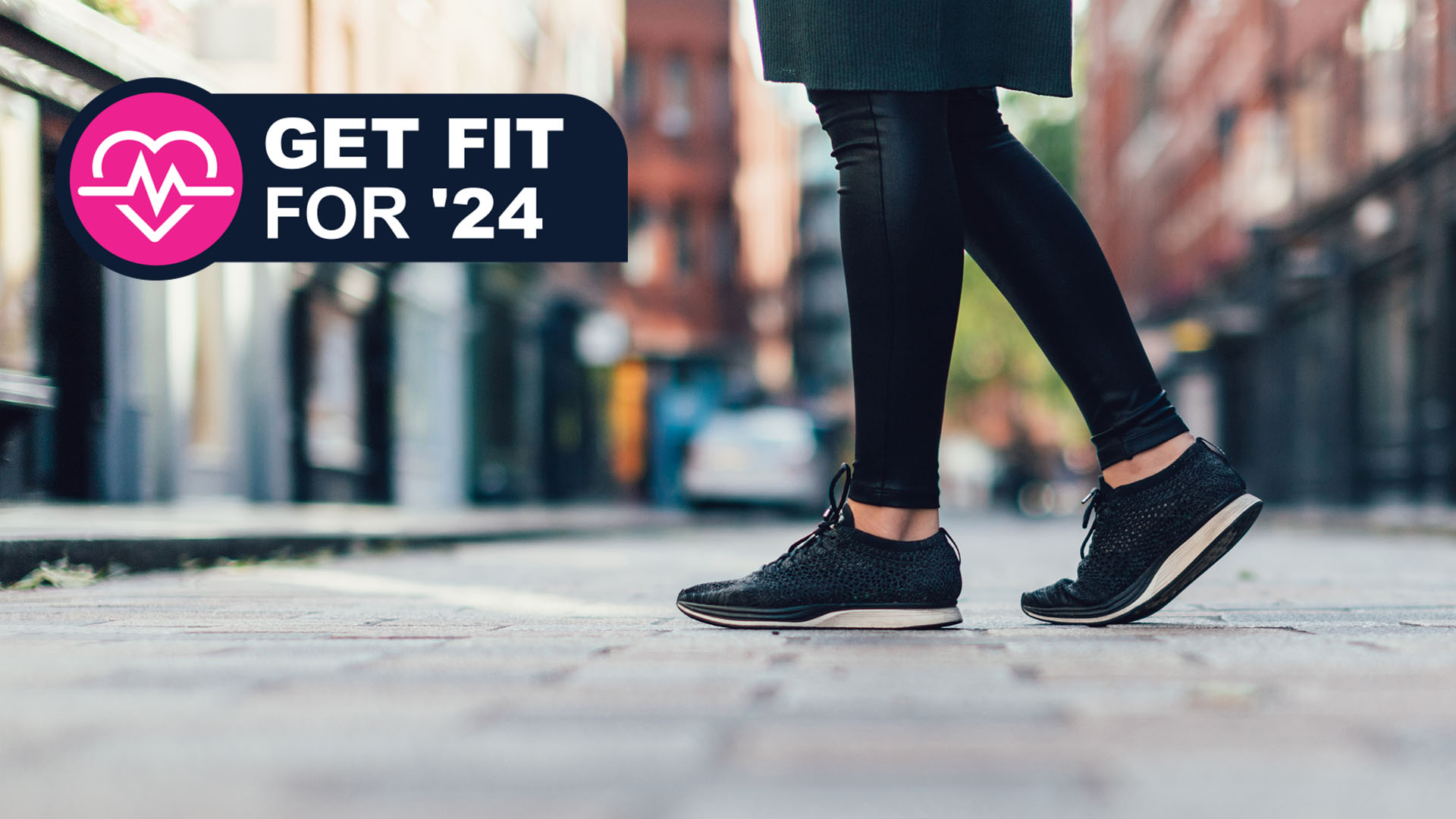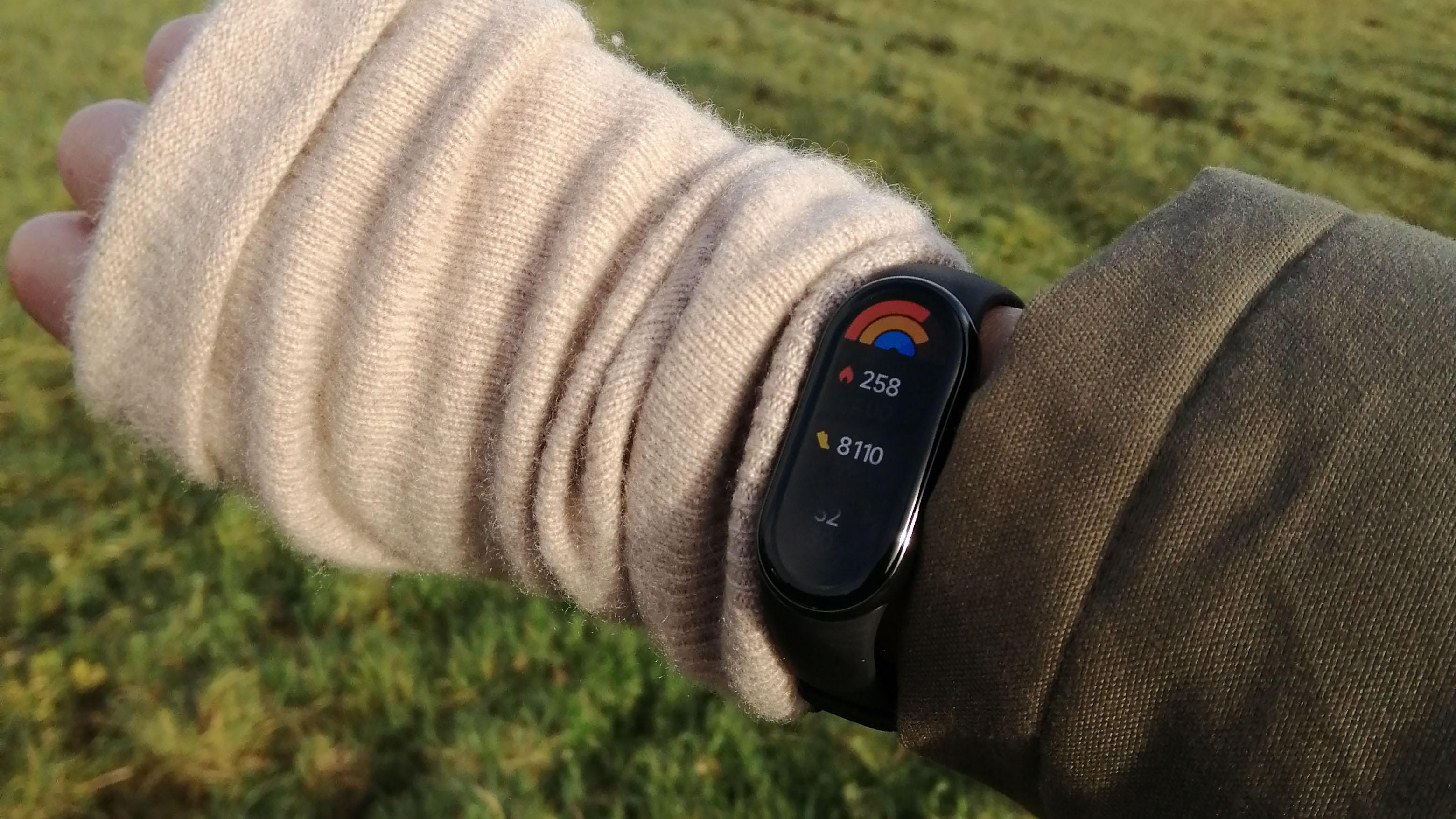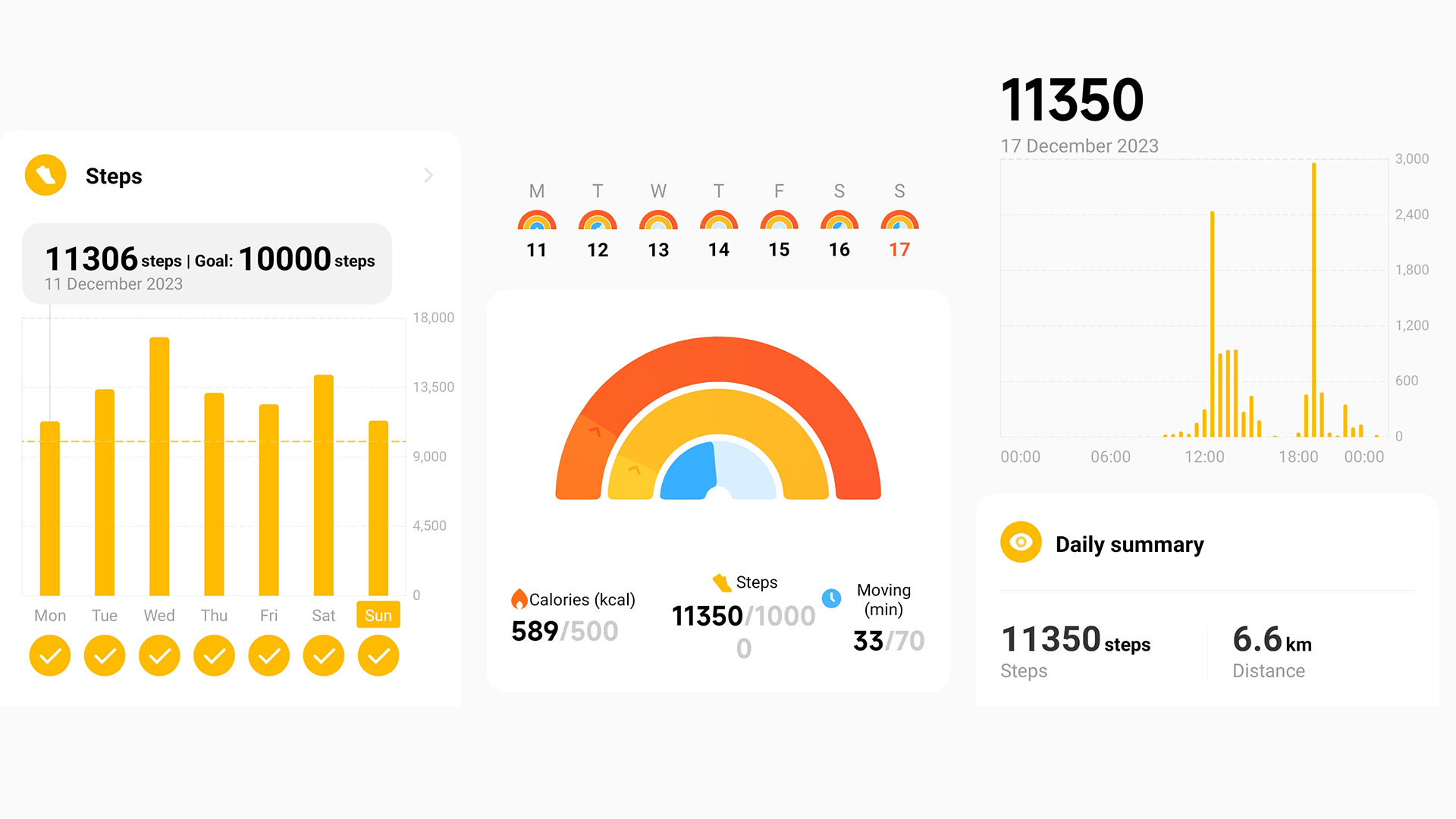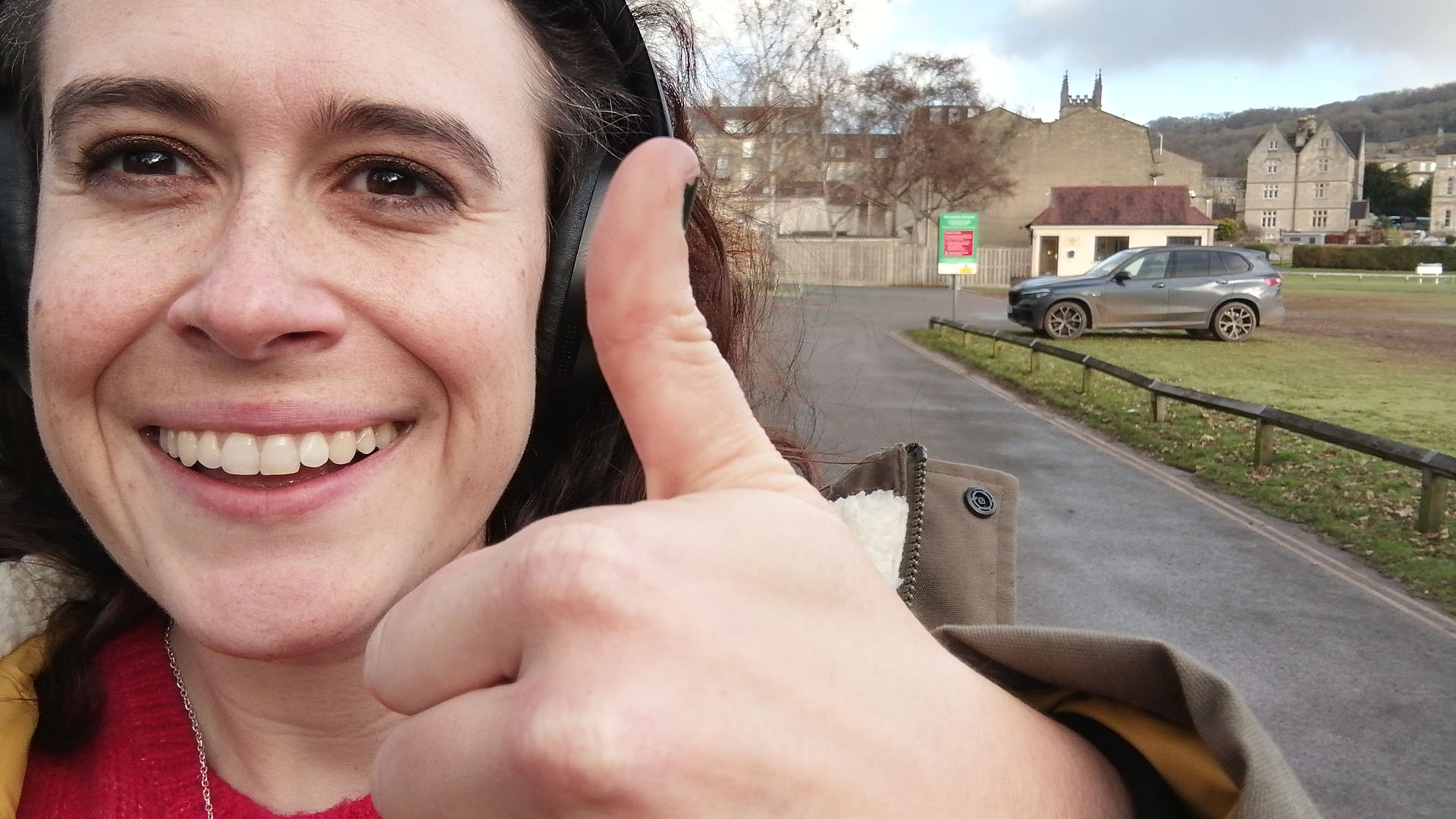I walked 10,000 steps every day for a week instead of going to the gym – here are 3 things I learned
Will walking 10k steps a day get you fit? I tried it to find out

January is traditionally the time of year when people go on a health kick, and perhaps along with it embrace an ambitious new exercise regime. But what if burpees, weights and buckets of sweat aren't strictly necessary? What if you could get fit just by going for a nice walk each day?
For years, the messaging has been to go for 10,000 steps per day. That's the default goal on most of today's best fitness trackers. The origins of that number are in fact surprisingly arbitrary – the initial scheme was launched around the 1964 Tokyo Olympics, and the Japanese character for 10,000 looks a bit like a person walking, so that's what they went with.
Luckily, subsequent research suggests that the branding-inspired figure wasn't far wrong. 10,000 steps is enough to make a significant difference to your overall health if you keep it up.
One 2022 study focusing on adults aged between 40 to 79 years old found that walking up to 10,000 steps per day was associated with a lower risk of mortality, cancer, and cardiovascular disease, for example. Consistency is key, and the NHS says that even 10 minutes of brisk walking per day can have significant health benefits.

I decided to ditch the gym for a week and try walking 10,000 steps each day instead. I wanted to see how easy it was to incorporate into my everyday routine, and how it compares to other fitness regimes I've tried over the years (ed's note: if you're after a different kind of fitness regime, here's our Couch to 5K beginner's guide). Here are 3 things I learned during my week of walking for fitness:
1. You will have to change your routine (but not too much)
According to my friend Google, 10,000 steps equates to around five miles or eight kilometers, depending on how long your legs are and so on. I'm lucky enough to live within walking distance from my office; just over a mile each way meant I could knock out half my walking goal just doing my daily commute. What I mentally referred to as 'incidental steps' – to the coffee machine, up and down the aisles of the supermarket trying to locate the vegan pesto – also added up more quickly than I expected.
Even so, I did have to adjust my routine and add in some extra walks in order to hit my goal each day. That's the point, right? If you're not changing anything then nothing is going to happen. Overall I found it really doable.
Sign up for breaking news, reviews, opinion, top tech deals, and more.
It kind of goes without saying, but how achievable 10,000 steps a day is is going to vary from person to person, depending on how walkable your surrounding area is, what your commute looks like and so on. But the beauty of this approach is that it's very flexible. Which brings me on to my second point...

2. It requires next to no admin
Walking is perhaps the most admin-lite exercise you can do. Provided you're wearing vaguely weather-appropriate clothing and fairly comfortable footwear, you can generally decide to go for a stroll whenever you feel like it. (I'd say a fitness tracker is also pretty useful, so you're not relying on guesswork, and so you get that sweet dopamine hit when your wrist buzzes to tell you you've hit your step goal each day.)
Compare that to my usual gym-based routine. For an exercise class, I need a complete change of clothing (which needs to be washed later), I need to factor in time to shower and change, and I need to physically get myself to the right location at the right time. A 45-minute class knocks out at least an hour and a half of my day, and I have to plan everything else around that.
Although I did miss the intensity of exercise classes during my week of 10k steps, there's no doubt that this gentle-and-often approach is far more convenient. If I want to walk, I can get up and hey presto, I am walking.
3. It will make you feel better
After a week, I can't make any definitive calls about if this has improved my health, but I can tell you that it has had other positive effects. My job is desk-based, and I can have a habit of working through my lunch hour when I'm busy. That tends to lead to a less productive afternoon – around 3pm I'm generally struggling to focus and I'm also desperate to move.
During my week of 10,000 steps per day, I went out every lunchtime for a little wander, even when the weather wasn't great, and I felt not only quite smug, but also more enthusiastic about the afternoon when I returned. There's plenty of research supporting the importance of getting outside for your mental health, improved sleep and so on, so you're hitting two birds with one stone with this exercise regime.

Can just walking get you fit?
It can help, for sure. Introducing consistent, gentle exercise is a great way to increase your fitness levels if your lifestyle is generally quite sedentary. It's an accessible, non-intimidating way to introduce regular physical movement into your routine.
It's also ideal for older or less mobile people for whom squats and sprints are likely to do more harm than good. Most of the research around the 10,000 steps a day goal focuses on older people, and suggests there are plenty of health benefits if you fall into that category.
However, it's not just for older people. The fact of the matter is that a lot of us work desk jobs, and if you're working from home or commuting by car, then you can easily do next-to-no moving on an average day. You have to make a conscious decision to factor exercise into your routine, and this is a great way to do that. To really improve your fitness levels, if it's appropriate for you, you could increase the intensity or distance of your walks or work your way up to jogging, perhaps a couch to 5k.
This article is part of TechRadar's Get Fit for '24 week of fitness content.
You might also like:

Ruth is TechRadar's Homes Editor specializing in air (vacuum cleaners, fans, air purifiers), and hair (hair dryers, straighteners and stylers). She has been in consumer journalism since 2020, reviewing and writing about everything from outdoor kit to mattresses and wellness gadgets, with stints on Tom's Guide and T3.